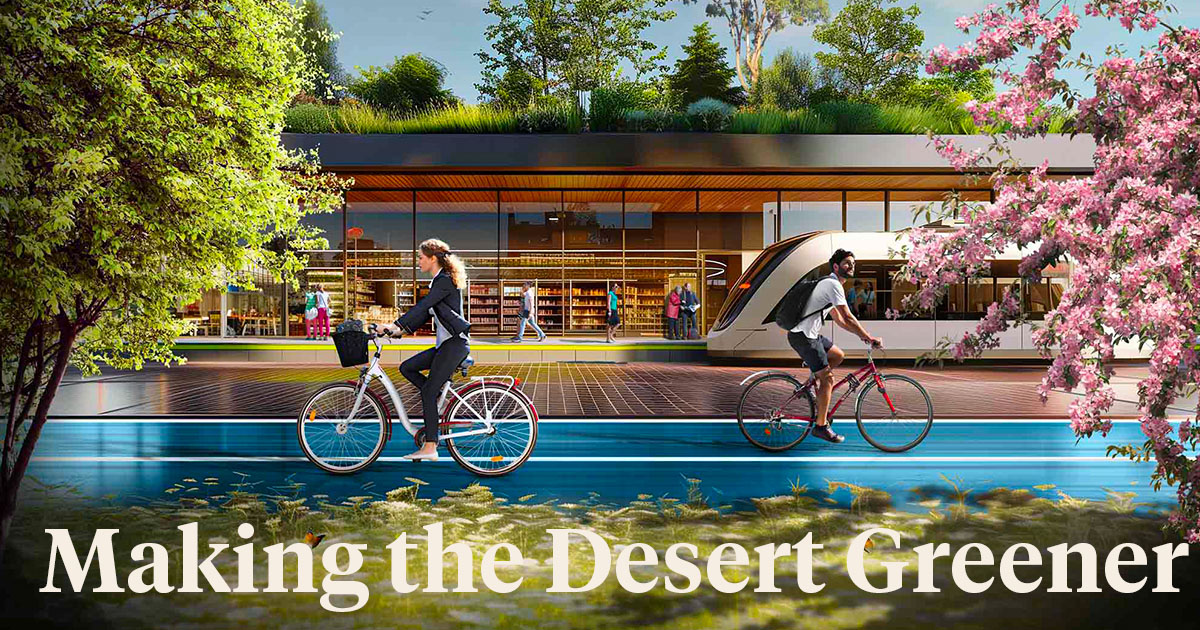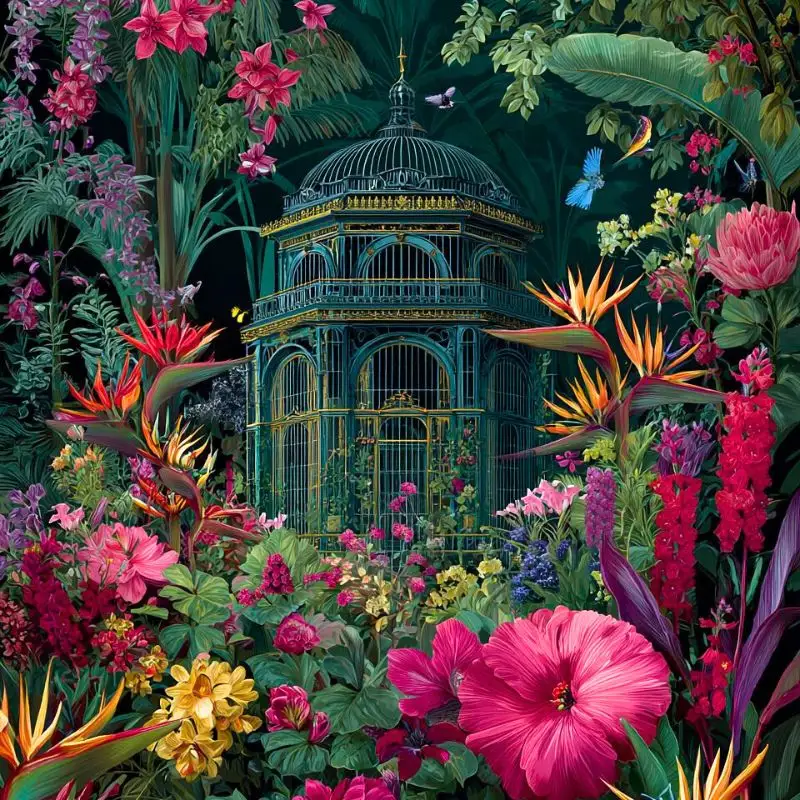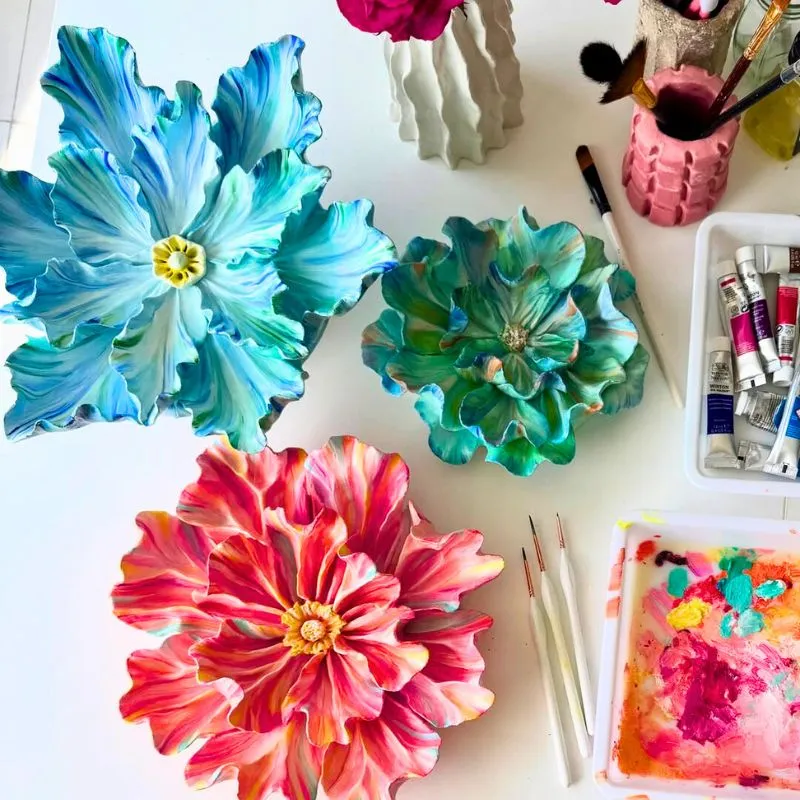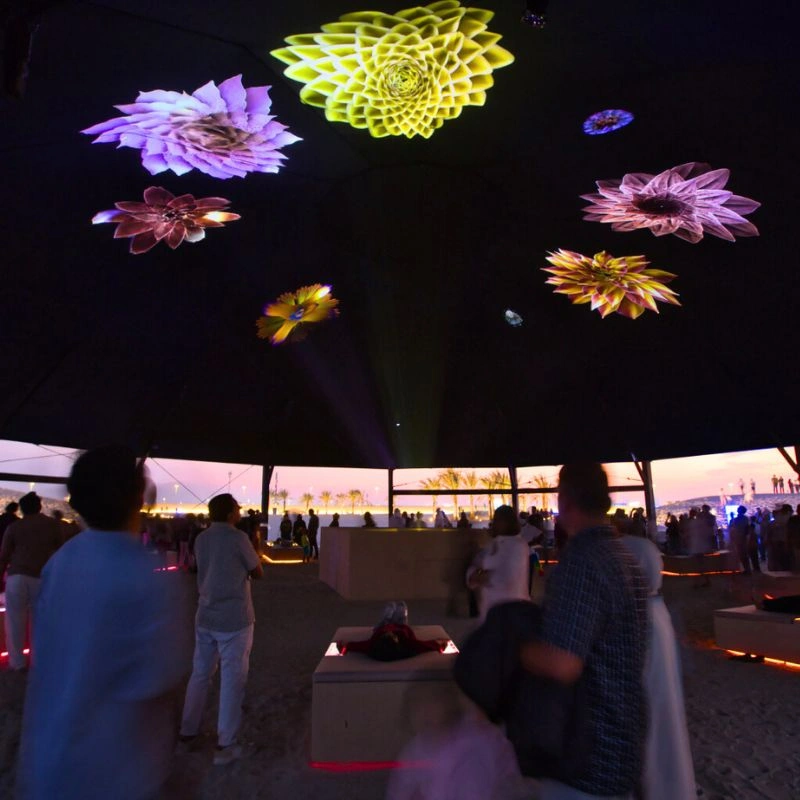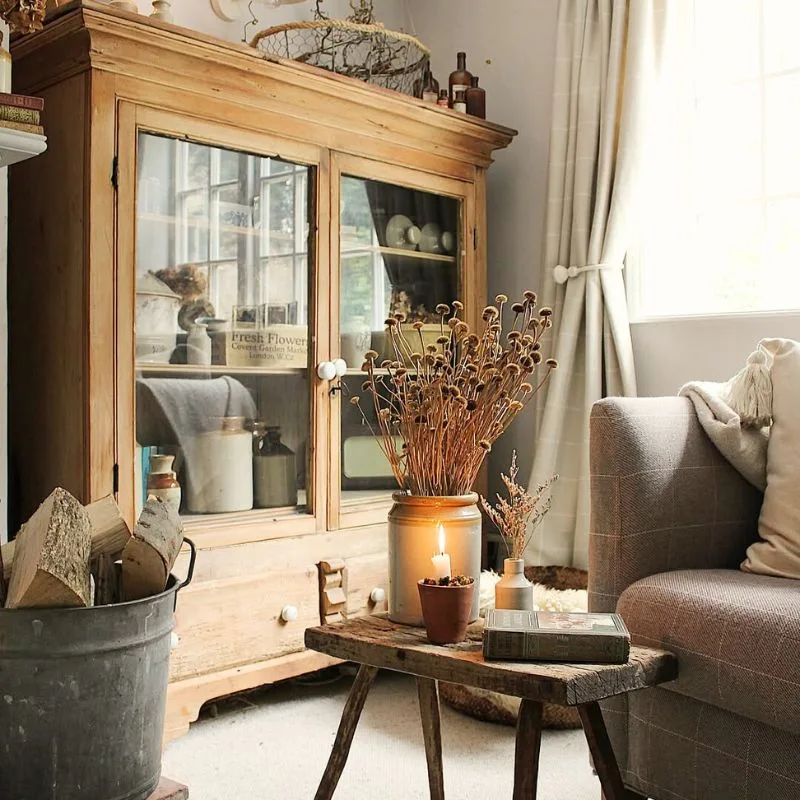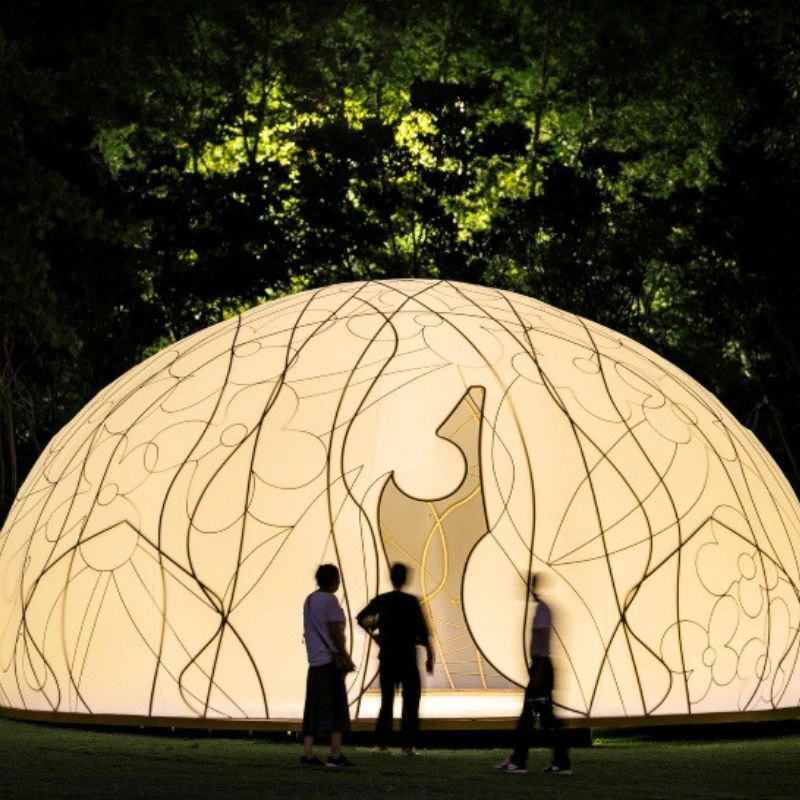The 'Green Spine', the world's greenest highway, is expected to be built and opened in Dubai, United Arab Emirates, by URB. According to the Dubai 2040 Urban Master Plan, the project's infrastructure will be powered exclusively by renewable energy sources, primarily solar energy. People can grow their own food and plants in urban farms and gardens that surround the highway, and electric trams may cross over solar-paneled railroads.
Urban Farms and Solar-Powered Trams for the Dubai Green Spine Project
According to the Dubai-based developer, the Green Spine extends 64 kilometers along Sheikh Mohammad Bin Zayed Road (E311). Nearly eight million residents may benefit from the project, which aims to promote non-motorized transportation and reduce the city's carbon footprint. URB designed the Dubai Green Spine project. They have previously collaborated on the Dubai Reefs Project, Dubai Mangroves, and The Loop in Dubai.
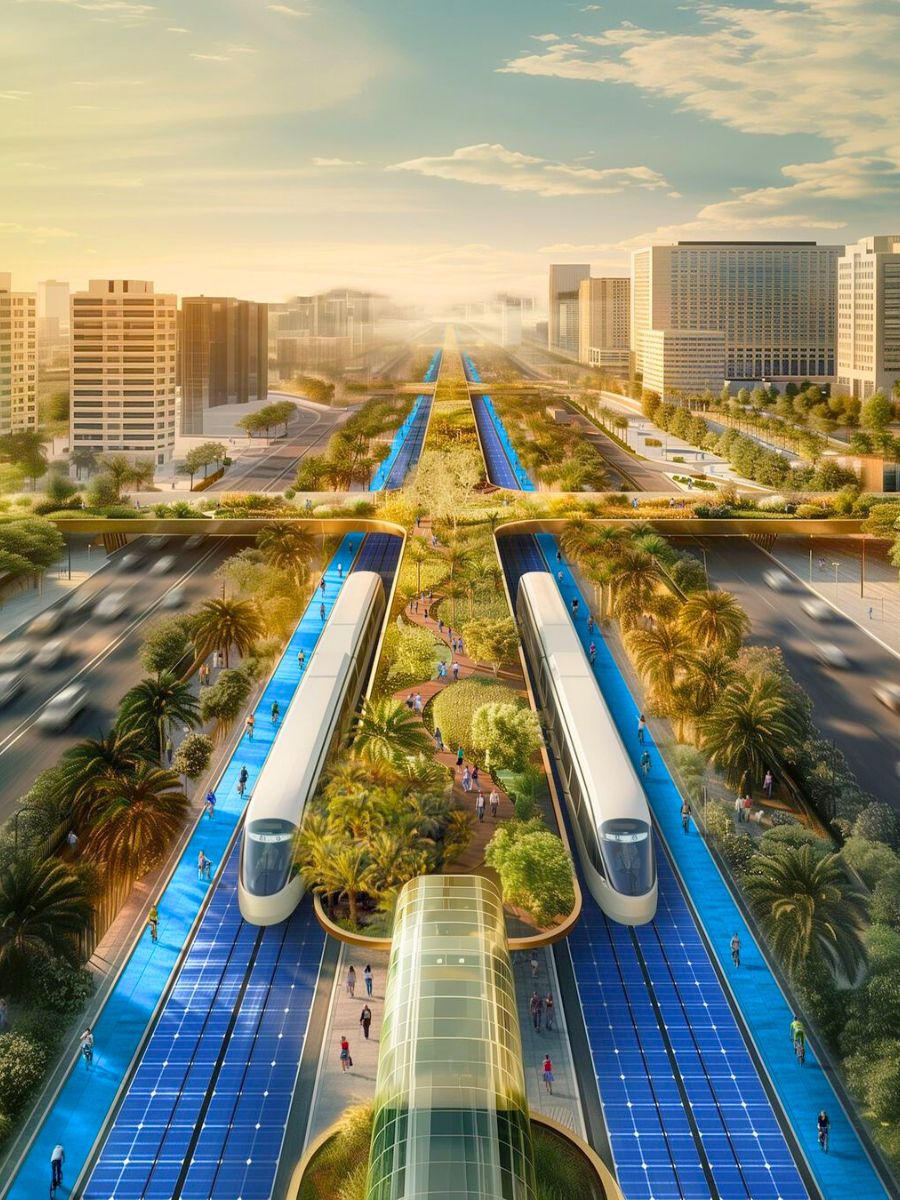
Solar panels have been integrated into URB's world's greenest highway architecture in Dubai, eliminating the need for overhead power lines. They are installed directly in the tram tracks to power the electric trams. They help generate more than 300 megawatts of clean, renewable energy, which is the project's goal. This number can help provide power to approximately 130,000 homes in Dubai. By switching to solar power from fossil fuels, the Dubai-based developer says there may be a carbon reduction of around 1,051,200 tonnes annually.

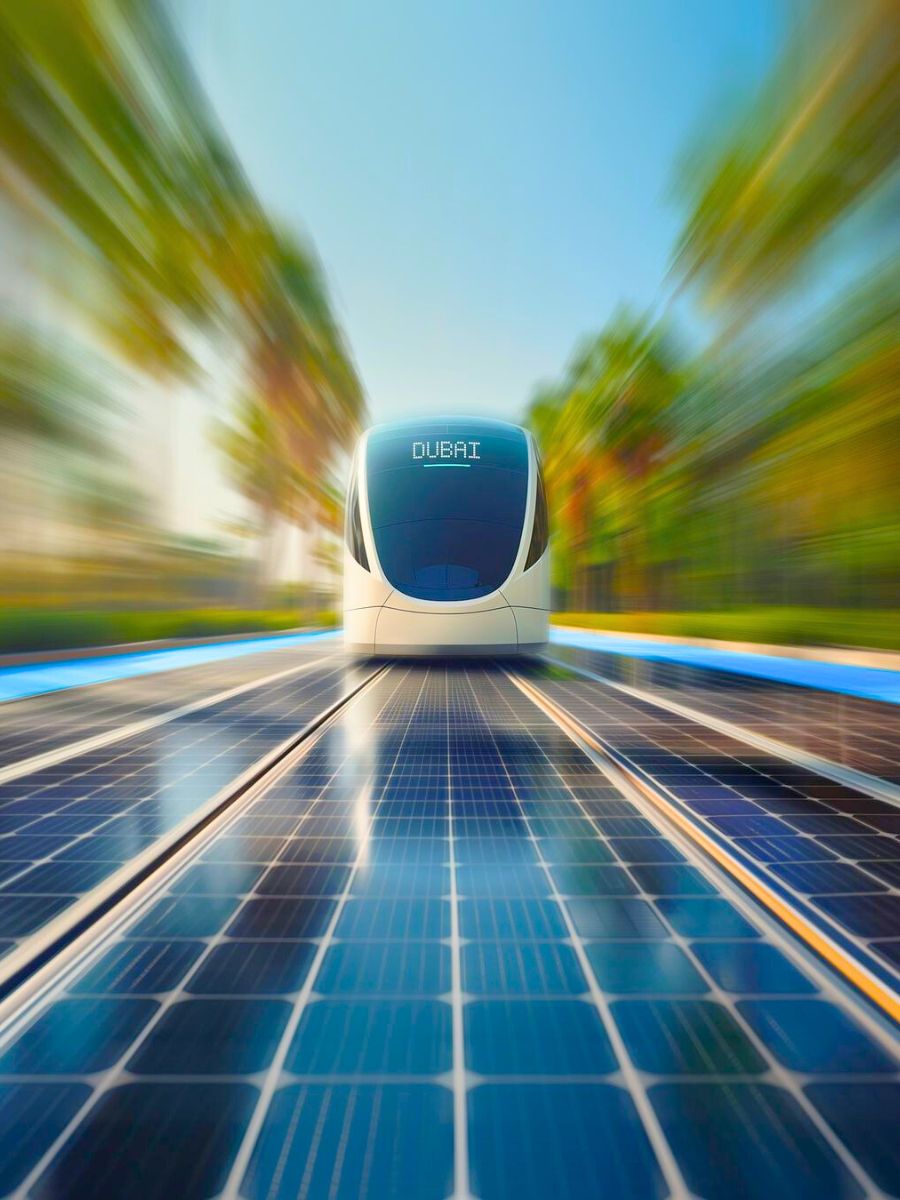
A series of smart technologies accompany URB’s Dubai Green Spine and its solar-powered electric trams. Sensors can monitor traffic and energy use, while native flora encircles the pedestrian paths and cycling tracks for natural cooling and clean air. Residents may jog around the green spaces and grow their own food and plants on the planted agricultural vertical farms along the highway. A tailored drainage system that includes porous surfaces is on the way to prevent flooding and absorb rainwater.
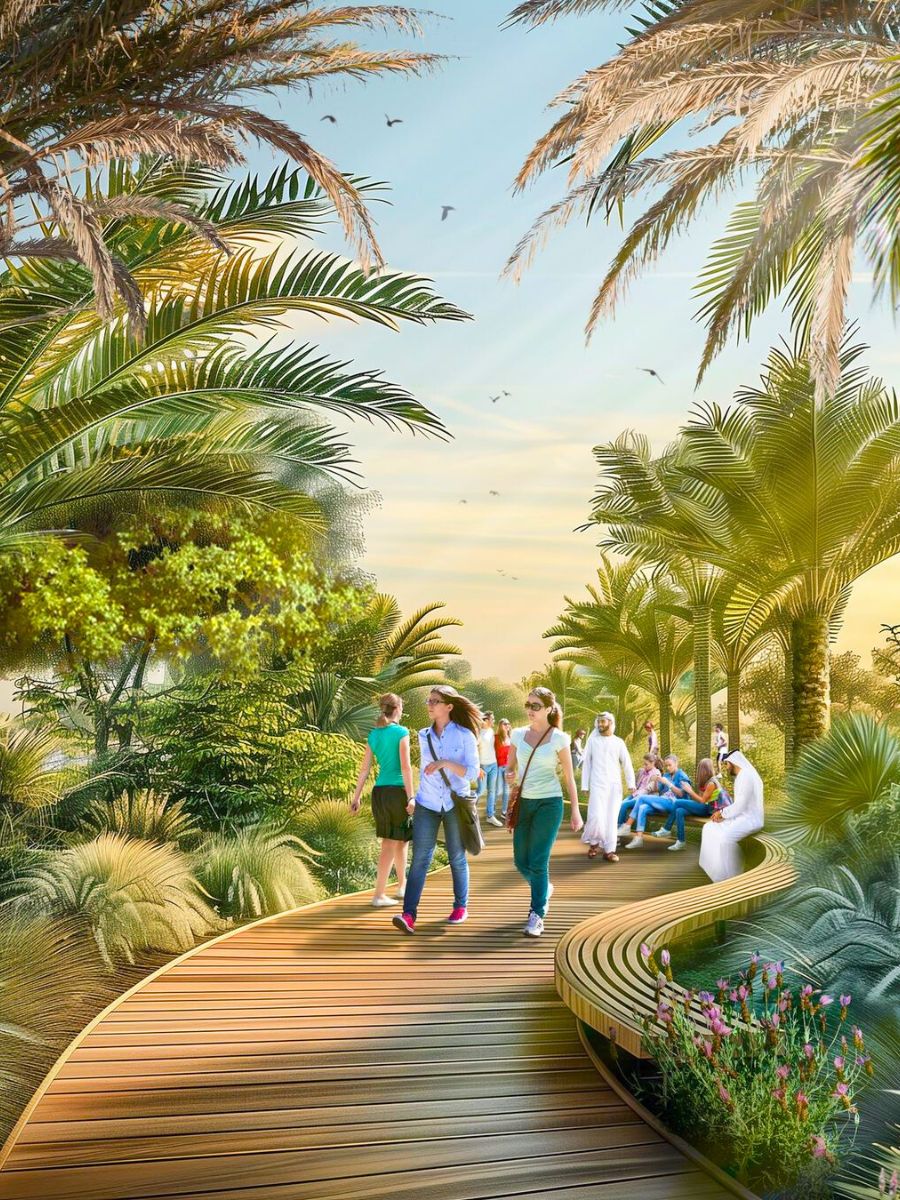
Mixed-Use Commercial and Leisure Spaces Around the Highway
URB's Dubai Green Spine could be a city in itself. Aside from solar-powered electric trams, the area will also see increased mixed-use development. The world's greenest highway includes amenities and commercial and leisure spaces. Residents may be able to avoid long commutes because these areas are strategically located. Educational and cultural facilities surround the green highway, including museums and schools. They become hubs for families and communities, allowing them to stay near the Dubai Green Spine.
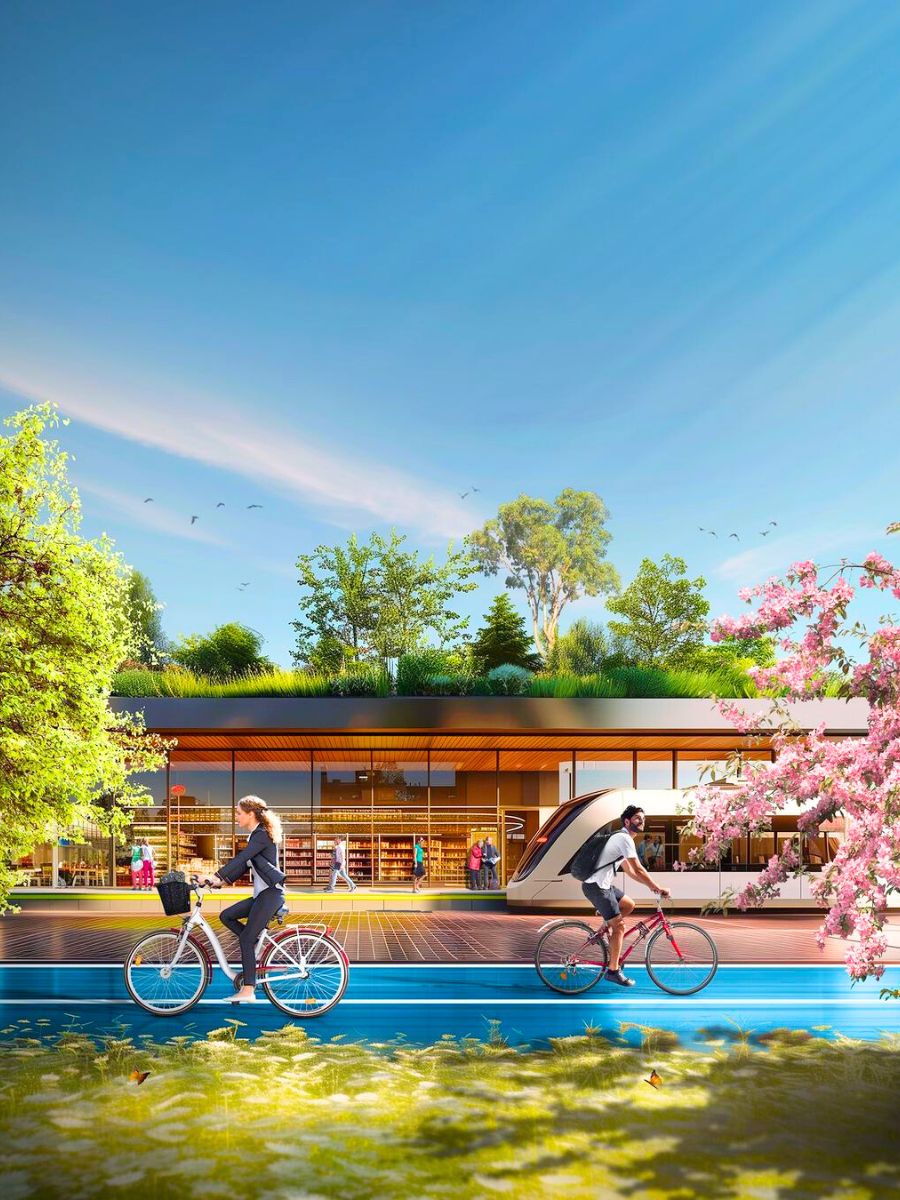
The project aims to highlight biodiversity. In this case, they plan to plant and accommodate over a million trees of various native species. These trees and plants are adaptable and can be found alongside urban highways. The developer adds that the Dubai Green Spine is consistent with the city's 20-minute city initiative. This goal focuses on developing a city layout in which people can access spaces and places within a 20-minute walk of their homes or wherever they are.
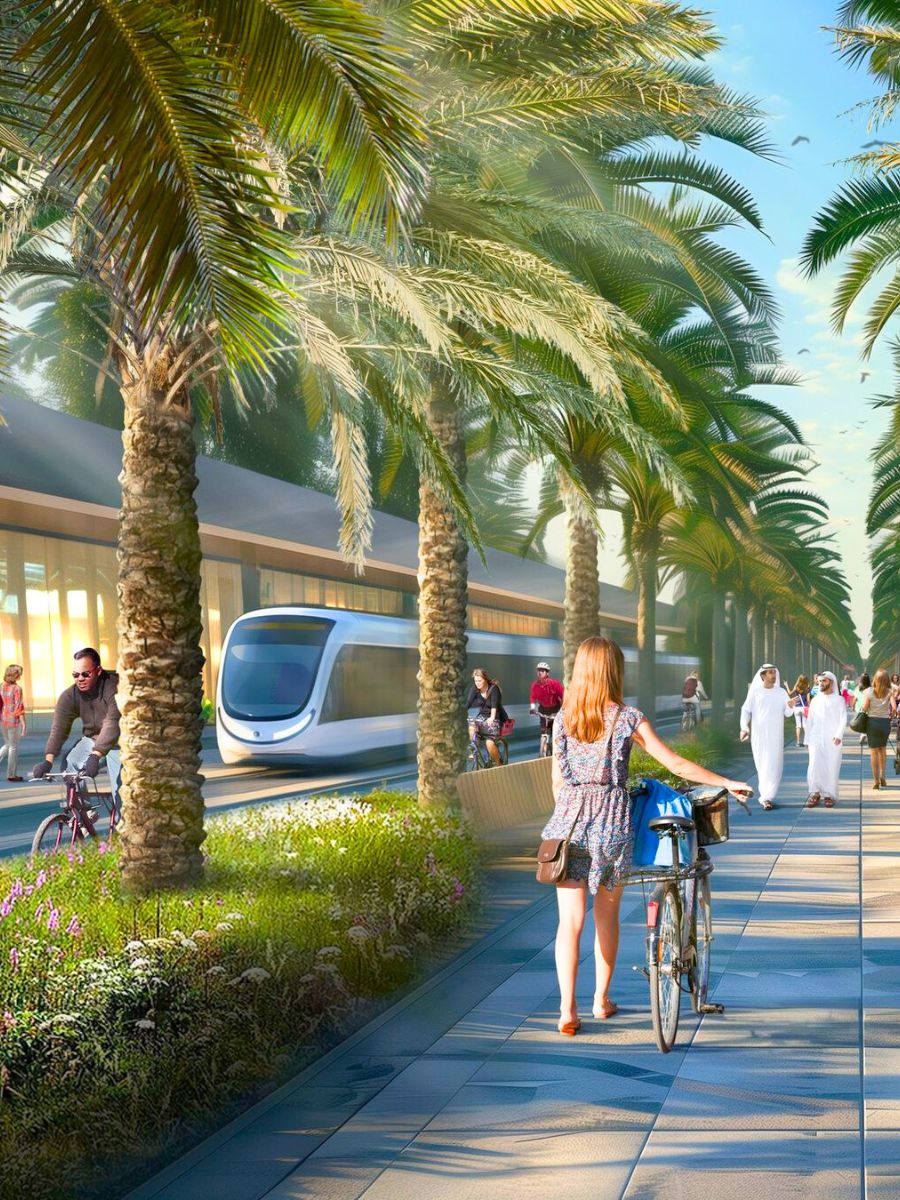
Vertical Gardens Will Emerge in the Green Spine
Aside from urban farms, green roofs, parks, and vertical gardens sprout up along the world's greenest highway, the Dubai Green Spine. With this intention, the greenery may regulate high temperatures, resulting in a cool environment. They can also serve as recreational areas for everyone, and schools may conduct educational trips in these areas. Bioswales, which act as natural filters for rainwater runoff, also benefit the vegetation.
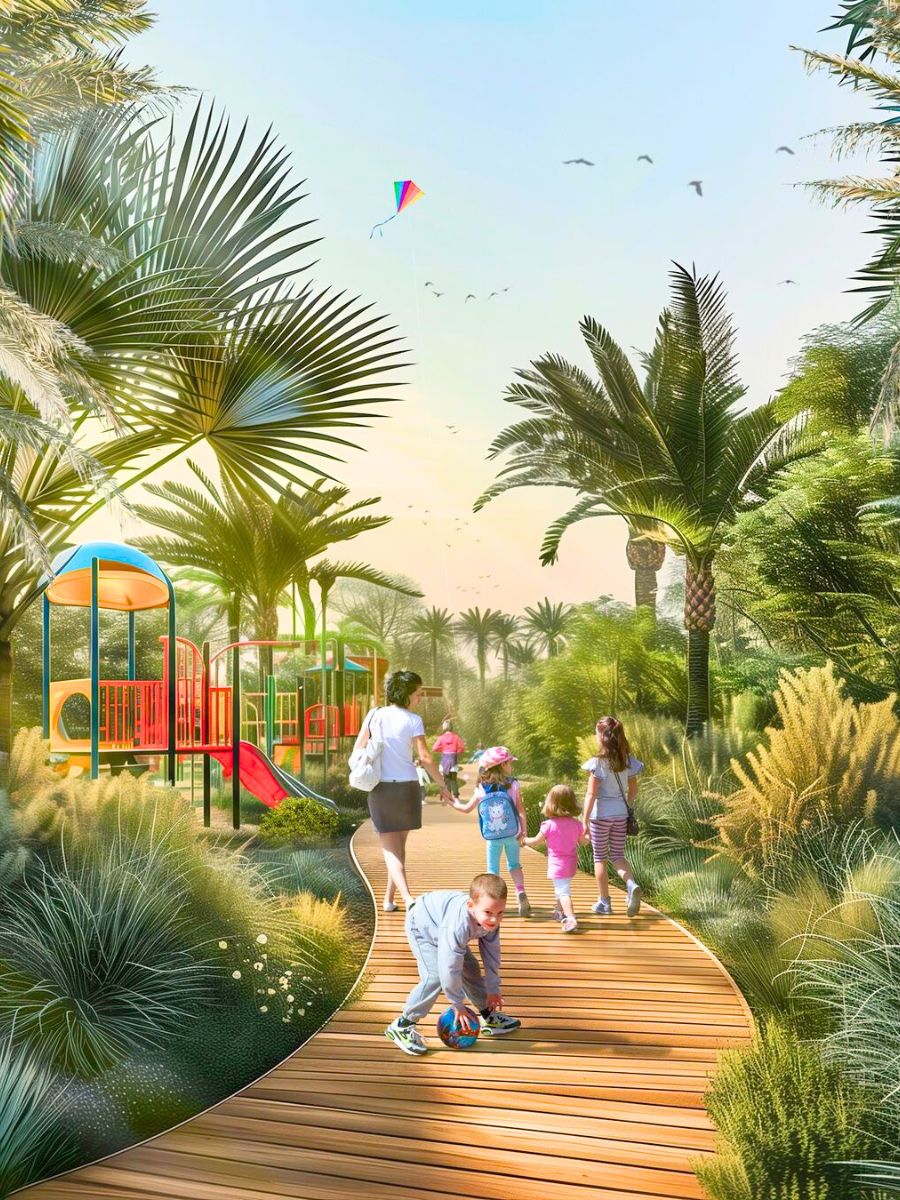
They clean the collected water from dirt and pollution before reusing it throughout the facilities. In this way, the gardens and farms surrounding the Dubai Green Spine are watered on schedule. Plans for walking, cycling, and recreational paths are also underway, allowing people to exercise along the world's greenest highway.
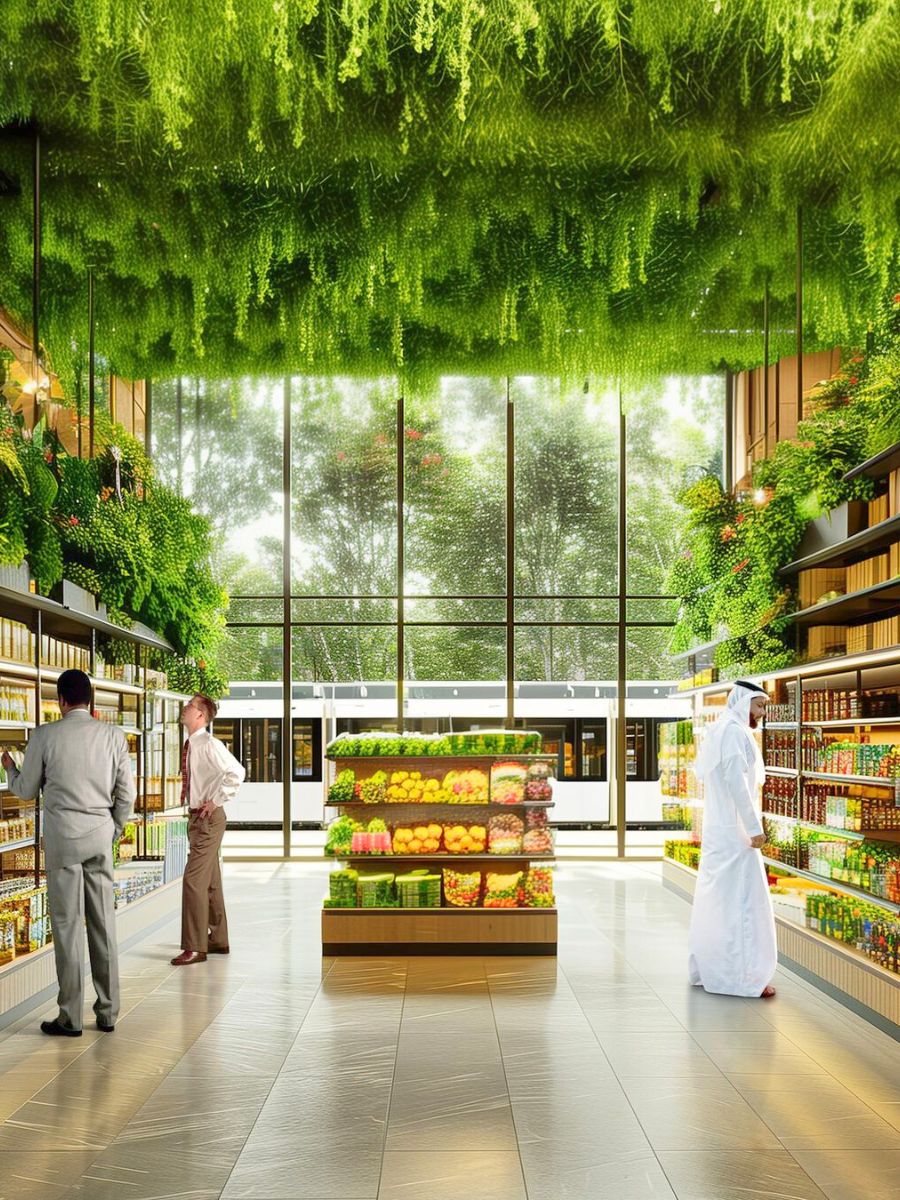
As of publishing the story, URB has yet to announce when they’ll begin construction. In the meantime, the Dubai Green Spine aligns with the Dubai 2040 Urban Master Plan, which may be the target year of opening.
Photos by @urbplanning.

